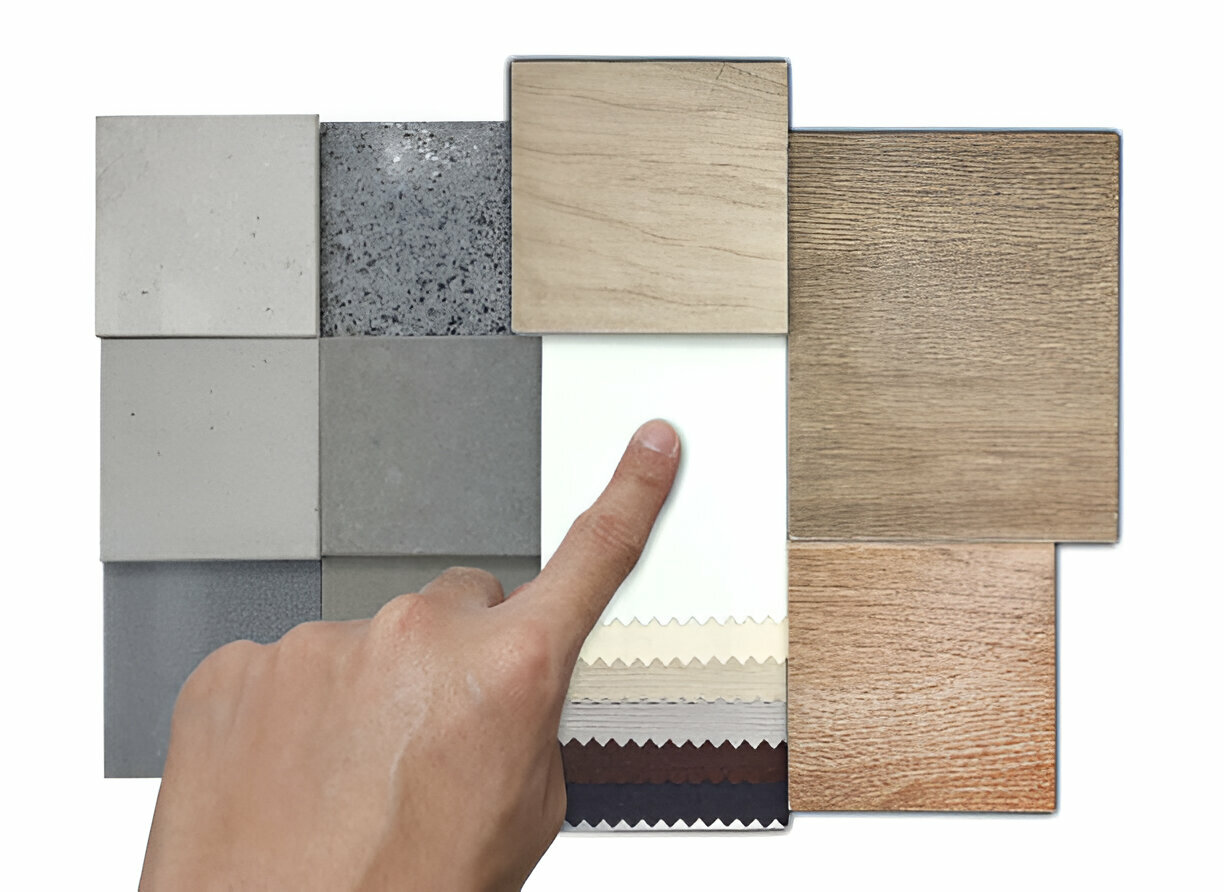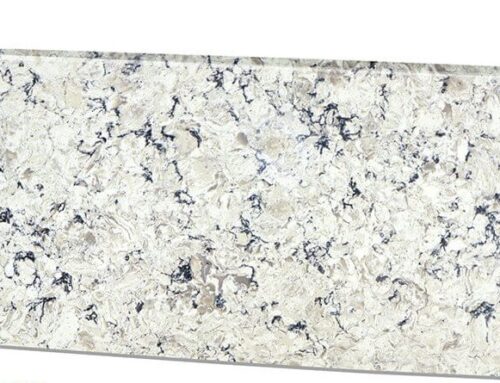China has emerged as a global powerhouse in the manufacturing of quartz products, revolutionizing the industry with its scale, efficiency, and technological advancements. This article delves into the trends, challenges, and opportunities driving China’s dominance in quartz manufacturing.
Trends in China’s Quartz Manufacturing Industry
China’s quartz manufacturing industry has experienced significant growth in recent years, propelled by several key trends:
- Technological Advancements: Chinese manufacturers have invested heavily in research and development, leading to the adoption of advanced technologies in quartz production processes. This has resulted in increased efficiency, higher quality products, and reduced production costs.
- Scale and Capacity Expansion: China boasts a vast network of quartz production facilities, allowing manufacturers to achieve economies of scale and meet the growing demand for quartz products both domestically and internationally.
- Diversification of Product Range: Chinese quartz manufacturers have expanded their product portfolios to include a wide range of quartz surfaces, including countertops, tiles, and slabs, catering to various industries such as construction, home improvement, and interior design.
- Global Market Penetration: Leveraging their competitive pricing and quality products, Chinese quartz manufacturers have successfully penetrated international markets, becoming key suppliers to construction projects, residential developments, and commercial ventures worldwide.
Opportunities for Growth and Innovation
Despite the challenges, China’s quartz manufacturing industry presents numerous opportunities for growth and innovation:
- Investment in Research and Development: Continued investment in research and development will enable Chinese manufacturers to develop new technologies, improve product quality, and enhance production efficiency.
- Sustainable Practices: Embracing sustainable manufacturing practices, such as recycling and waste reduction, presents an opportunity for Chinese manufacturers to reduce their environmental impact and appeal to environmentally conscious consumers.
- Market Diversification: Expanding into new markets and diversifying product offerings beyond traditional quartz surfaces can help Chinese manufacturers mitigate risks associated with fluctuations in demand and trade disruptions.
- Collaboration and Partnerships: Collaboration with international partners, including architects, designers, and distributors, can help Chinese manufacturers access new markets, gain insights into consumer preferences, and enhance their global competitiveness.
Conclusion
China’s dominance in quartz manufacturing is a testament to its technological prowess, scale, and competitive advantages. By addressing key challenges and seizing opportunities for growth and innovation, Chinese manufacturers can further solidify their position as leaders in the global quartz industry, driving continued success and prosperity for the sector.






Leave A Comment